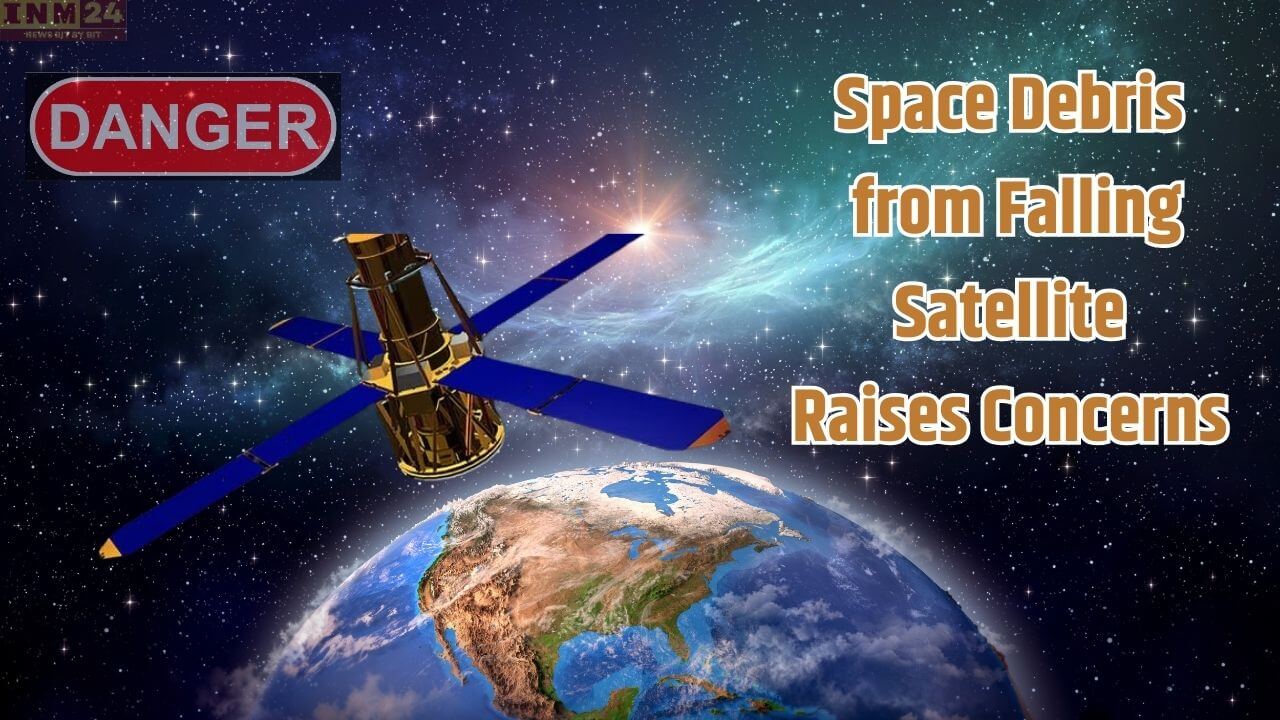In an era where space is becoming cluttered with discarded satellites, a significant piece of space junk is hurtling towards Earth. The ERS-2 satellite, launched in 1995 by the European Space Agency (ESA), played a vital role in advancing scientific research until its operations ceased in 2011. Now, after years in orbit, this relic is on a collision course with Earth, posing potential risks as it re-enters the atmosphere.
Highlights
A considerable amount of space debris is expected to fall to Earth in the coming hours.
ERS-2, weighing two tons, will make its descent on Wednesday.
Possibility of the satellite burning up during re-entry, with some surviving fragments.
London: The aging ERS-2 satellite from the European Space Agency is on the verge of making a dramatic return to Earth within the next few hours. Launched in 1995, ERS-2 significantly contributed to Earth observation capabilities and technological advancements until its mission concluded in 2011. Now, this two-ton satellite is gradually descending towards Earth, with a potential impact on the Earth’s atmosphere and oceans.
There is a possibility that during its re-entry, a substantial portion of the satellite, mostly made up of metal and non-flammable materials, will disintegrate upon entering the Earth’s atmosphere. However, the European Space Agency reassures that any surviving debris is unlikely to be radioactive or pose a toxic threat.
While the majority of the Earth’s surface is covered by oceans, there is still concern about the potential impact on populated areas. The ESA’s observations suggest that the satellite may disintegrate over the ocean, reducing the risk of fragments reaching inhabited regions.
ESA’s Remarkable Satellite
The European Space Agency’s ERS-2 satellite, along with its predecessor, ERS-1, launched in the 1990s, revolutionized remote sensing of Earth. These satellites excelled in tracking changes in land, oceans, and the atmosphere, providing valuable data for scientific research. ERS-2, in particular, played a crucial role in monitoring phenomena such as floods, movement of ice fields, and seismic activities.
As we await the satellite’s descent, the international community is watching closely, hoping for a controlled re-entry with minimal impact. The incident raises questions about space debris management and the need for responsible satellite disposal practices to prevent similar situations in the future.
The ERS-2 satellite’s imminent return serves as a reminder of the challenges posed by space debris and the importance of sustainable practices in space exploration. As technology advances, ensuring the safe disposal of satellites at the end of their missions becomes paramount to protect both our environment and future space endeavors
